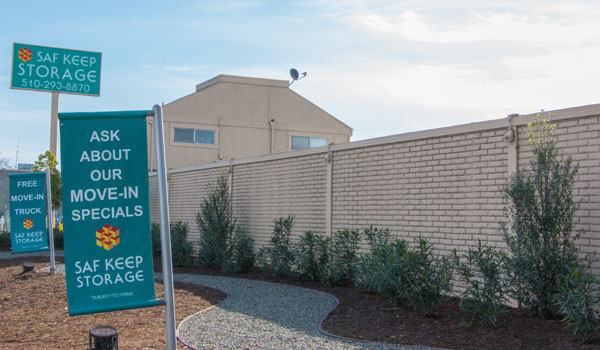


“All initial indications are that we’re not having strong negative effects on the butterflies,” says Green.

As part of the team’s preliminary tests, they attached M 3s to several butterflies and monitored their condition in a greenhouse. This iteration of the M 3 is the lightest yet, weighing around 50 milligrams, which is tenfold lighter than the lightest tracking devices to date. The sensors have to be hardy enough to survive the long trip, as well as any inclement weather along the way, but light enough so they don’t disrupt the behavior or harm the butterflies. Monarchs can travel as far as 3,000 miles during migration, spending the summer across the US and southern Canada to breed and the winter mostly in Mexico and along the coasts of California. “We need to capture data about the light intensity that is accurate down to a few seconds, and we need to be able to transmit that captured data a long distance because we will not be able to physically retrieve the specimens.” “This is our most complex M 3 system,” says Blaauw. For this project, the M 3 will be glued to the back of individual monarch butterflies to track and monitor environmental conditions – specifically light and temperature and eventually air pressure – they encounter during migration. Wise Collegiate Professor of EECS, and several other University of Michigan researchers, is a fully energy-autonomous computing system that acts as a smart sensing system and can be configured for a wide variety of applications. The M 3, created by David Blaauw, Kensall D. The project, supported in part by National Geographic, hopes to aid wildlife conservation efforts by shedding light on butterfly migration and habitat conditions. In Mexico, days before the COVID-19 shutdown, a team of engineers and biologists were riding on horseback into the heart of a popular overwintering site for monarch butterflies to conduct preliminary tests on their newest iteration of the Michigan Micro Mote (M 3).


 0 kommentar(er)
0 kommentar(er)
